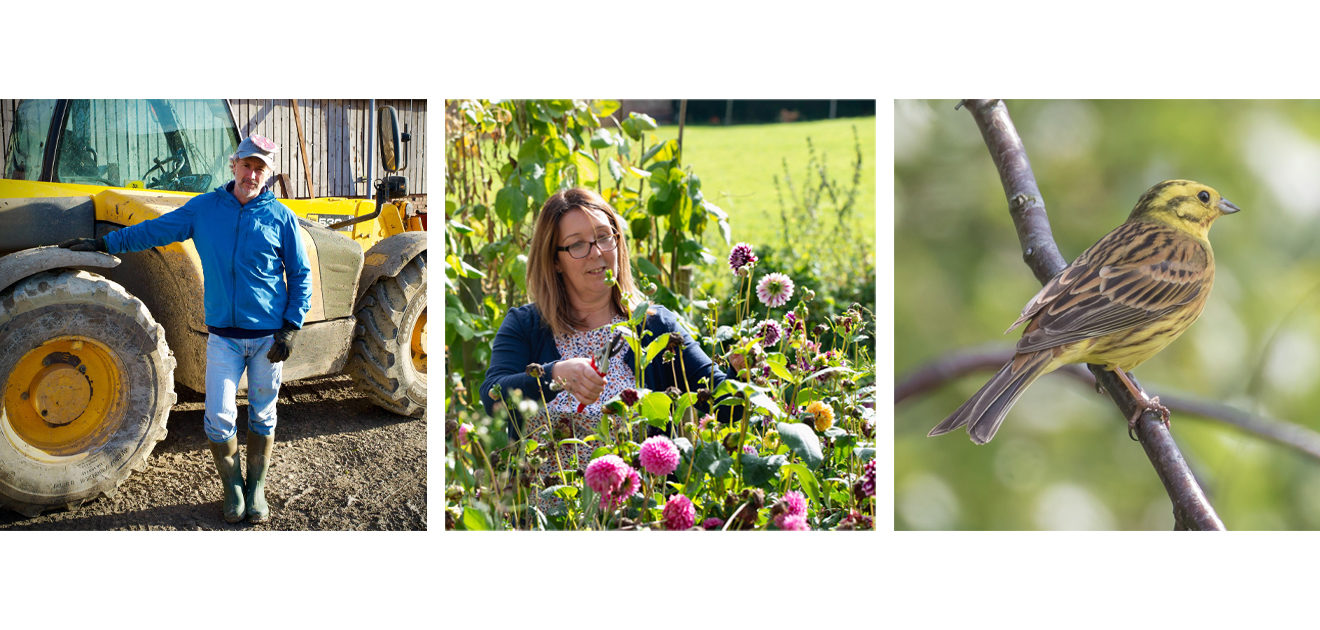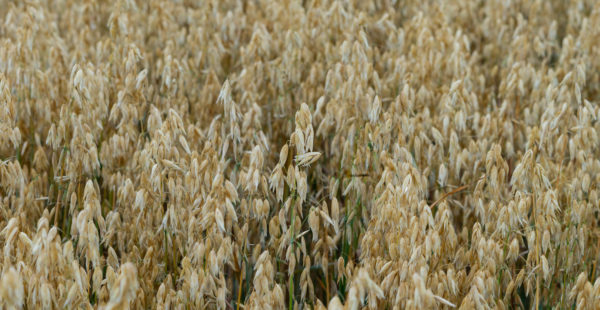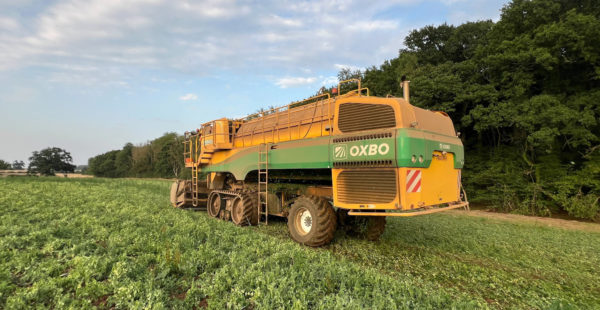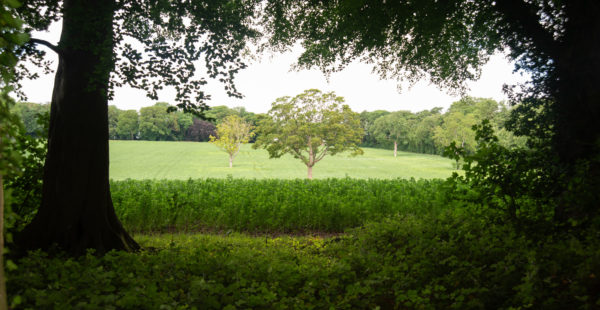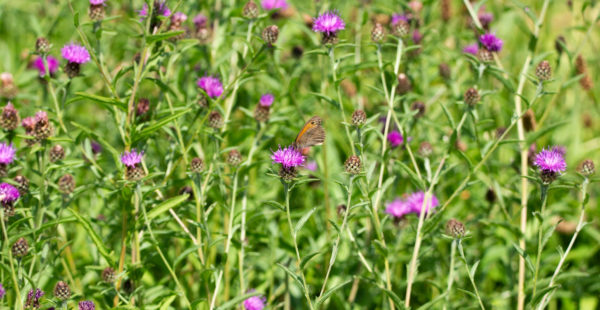A Week on the Estate: New Year, Storm Henk & Citizen Science
2024 is here! We hope you enjoyed a fine festive season and we wish you a Happy New Year. We were thrilled to see so many of you at St Leonard’s Church for Nine Lessons & Carols on Christmas Eve. We counted over 100 friends in full voice, and it really warmed up this lovely rural church. Many joined us at the Old School for tea and coffee and we tip our cap to Joanne for keeping up with demand. We hope to see you all again.
As we look forward to brighter days to come, Storm Henk has left us all a bit of clearing up to do. While keeping on top of our drainage ditches and maintaining a healthy, cohesive soil biome have paid dividends here, there’s no doubt that nuisance storms bringing high volumes of rain to saturated ground have been the defining story of this winter, wherever you are. At the time of writing, Henk has been displaced by high pressure to give us a calmer but colder week or two. This weekend will bring a temperature range of 0C-4C, a biting northerly breeze and a generally dry but gloomy outlook.
We’re in danger of wearing out the word ‘unprecedented’ when we talk weather, but the current pace of climate change is just that. According to the Met Office, the five warmest years on record for the UK include 2020, 2022 and 2023. June 2023’s average mean temperature of 15.8C beat previous records by 0.9C. September 2023 was the warmest British September full stop, with temperatures above 30C somewhere in the UK for seven consecutive days.
As we’ve all discovered, a warmer climate means more evaporation, more energetic storm systems and more rainfall. 2024 looks set to be another year of broken records, in more ways than one. The year is only four days old but Lincolnshire has already had a typical January’s worth of rainfall. We’ll keep you posted on how we fare, and the positive steps we’re taking to make the outlook a little brighter.
Speaking of brighter outlooks, we asked some key players on the Estate team what they were looking forward to in 2024. Here’s Lincoln Red Herd Manager, Darren MacDonald: “I’m amped for 2024! I’m keen to cultivate a community that thrives on sustainability and innovation. I’m all about nurturing each team member’s unique strengths while fostering an environment that encourages creative problem-solving and pushes the boundaries in what we can achieve in regenerative farming. Here’s to growing together, regenerating the land and having a blast while we do it!”
Here’s South Ormsby Hall’s Housekeeper Jacqui Rhodes: “Happy New Year everybody! After 28 years of housekeeping at the Hall, I’m now enjoying working at the Old Rectory while the Hall undergoes restoration. I feel extremely privileged to help care for the beautiful houses on the estate. The future is exciting and I’m looking forward to helping Jon, Jan and all the wonderful team put South Ormsby Estate well and truly on the map.”
Look out for more nuggets of optimism from our hard-working team throughout January.


